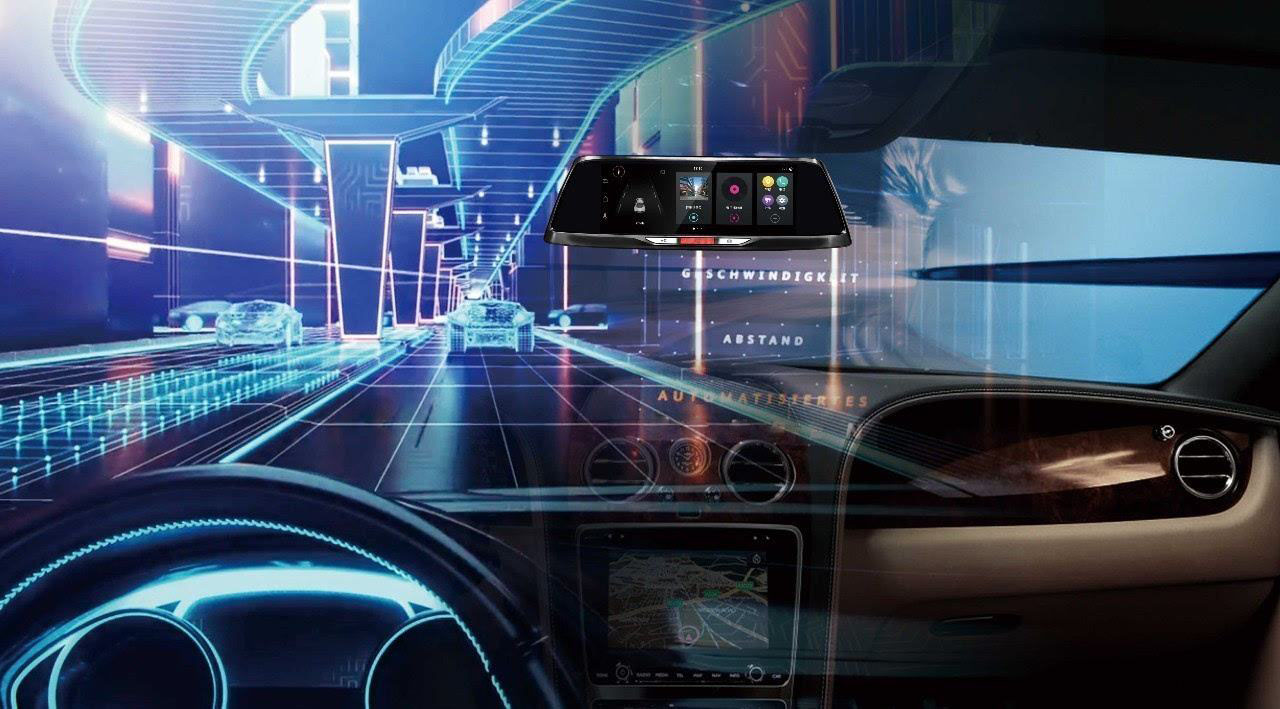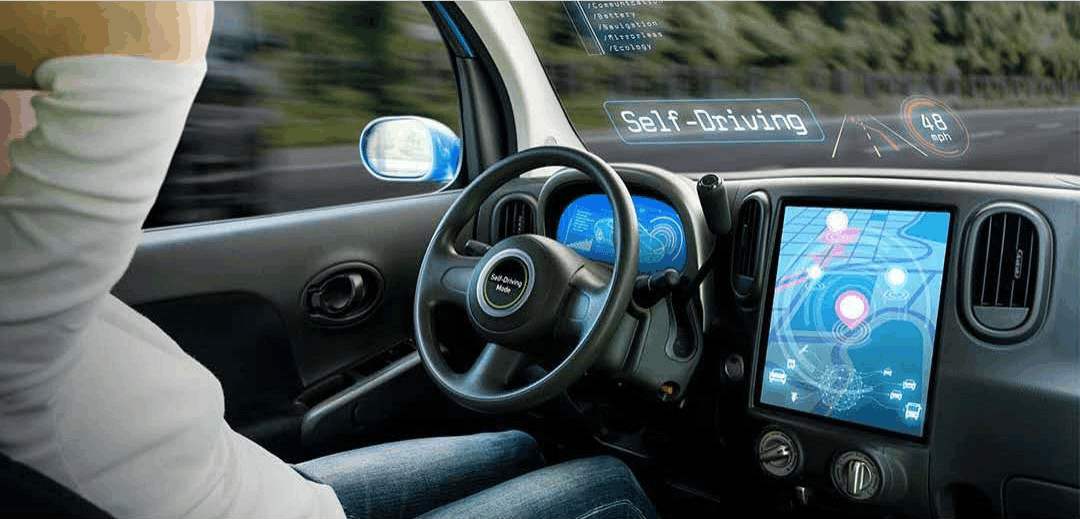Welcome to Shenzhen Sunshine Good Electronics Co.,Ltd.!

Hello, everyone! I am Shijia Electronic Technology Dog. What is automotive electronic technology to be introduced in this issue? Its application fields and future development trends.
Automotive electronics is the general term for vehicle electronic control devices and vehicle electronic control devices.
A vehicle body electronic control device includes an engine control system, a chassis control system, and a vehicle body electronic control system (vehicle body electronic ECU). The electronic control device of a car body is like a naked human body without wearing any clothing or accessories; Automotive electronics include automotive information systems, automotive navigation systems, and automotive entertainment systems. The electronic control device of a vehicle is like clothing and accessories for a person.
Automotive electronics is widely recognized as a revolution in the history of automotive technology. It is seen as an important indicator of the level of modern vehicles, and is also the most important technical measure used to develop new models and improve vehicle performance. Automobile manufacturers believe that increasing the number of automotive electronic devices and promoting automotive electronics is an important and effective means to capture the future automotive market.
According to the impact of vehicle driving performance, automotive electronic products can be classified into two categories:
One type is automotive electronic control devices, which need to be used in conjunction with mechanical systems on the vehicle, namely, so-called "electromechanical" automotive electronic devices; They include engine, chassis, and body electronic controls. For example, electronic fuel injection system, brake anti-lock control, anti-skid control, traction control, electronically controlled suspension, electronically controlled automatic transmission, electronic power steering, etc;
The other category is automotive electronic devices, which are electronic devices that can be independently used in the automotive environment, and have no direct relationship to the performance of the vehicle itself. They include car information systems (trip computers), navigation systems, car audio and television entertainment systems, car communication systems, Internet access devices, and so on.

Automotive Electronic Technology Applications:
1、 The mechanical structure of automobiles will also undergo significant changes, and various control systems of automobiles will develop towards electronics and electrification to achieve "line control". Replace the original mechanical transmission mechanism with wires, such as "wire braking", "wire steering", and "electronic accelerator".
2、 The vehicle's 12 volt power supply system converts to 42 volts. With the increasing number of automotive electronic devices, the consumption of electrical energy is increasing significantly. The existing 12 volt power supply cannot meet the needs of all electrical systems in automobiles. In the future, an integrated starter generator 42 volt power supply system will be adopted. The larger output power of the generator will be increased from the current 1 kW to about 8 kW, and the power generation efficiency will reach over 80%. The implementation of the new standard for 42V automotive electrical systems will result in significant changes in the design and structure of automotive electrical components, and mechanical relays and fuse protection circuits will be eliminated.
The application of automotive electronic technology will make cars more intelligent. Intelligent vehicles are equipped with a variety of sensors, which can fully sense the conditions of drivers and passengers, transportation facilities, and surrounding environment information, judge whether the passengers are in better condition, whether the vehicle and people are in danger, and take corresponding measures in a timely manner.
1、 The mechanical structure of automobiles will also undergo significant changes, and various control systems of automobiles will develop towards electronics and electrification to achieve "line control". Replace the original mechanical transmission mechanism with wires, such as "wire braking", "wire steering", and "electronic accelerator".
2、 The vehicle's 12 volt power supply system converts to 42 volts. With the increasing number of automotive electronic devices, the consumption of electrical energy is increasing significantly. The existing 12 volt power supply cannot meet the needs of all electrical systems in automobiles. In the future, an integrated starter generator 42 volt power supply system will be adopted. The larger output power of the generator will be increased from the current 1 kW to about 8 kW, and the power generation efficiency will reach over 80%. The implementation of the new standard for 42V automotive electrical systems will result in significant changes in the design and structure of automotive electrical components, and mechanical relays and fuse protection circuits will be eliminated.
Future development trends:
According to a popular piece of news reported by various major media, in June 2020, autonomous taxis and buses were newly opened in Shanghai and other places. This technology also utilizes the Beidou navigation system and 5G network technology independently developed in China. According to the documentary reported, the car will automatically travel according to the predetermined track, pick up and drop off passengers at the station, judge the traffic lights, avoid obstacles, calculate a better route, and so on. These big data indicate that new automotive electronics technologies that automate driving and liberate human hands and brains will make cars more intelligent. High-end cars are even equipped with multiple sensors that can fully sense the conditions of drivers and passengers, information about transportation facilities and the surrounding environment, judge whether the passengers are in better condition, whether vehicles and people are in danger, and take timely countermeasures.

Today, society has entered the information and network era, and people hope that the car is not only a means of transportation, but also an extension of their lives and work scope. In the car, they can listen to the radio, make phone calls, access the Internet, and handle work just like staying in their own offices and homes. With the progress of digital technology, automobiles will also enter the multimedia era. The vehicle computer multimedia system developed using the Windows operating system has functions such as information processing, communication, navigation, anti-theft, language recognition, image display, and entertainment. In the foreseeable future, cars will be equipped with automatic navigation and driving assistance systems, allowing drivers to input their driving destination into the car computer, and the car will follow a better driving route to reach its destination. People can use a language recognition system to manipulate various facilities in the car, while driving the car, while enjoying music and television, and can also book meals and air tickets online.
SG Internet of Things hardware and software one-stop solution provider, providing professional intelligent control transmission hardware/PC end cloud platform/APP one-stop solution. Main applications: self-service terminals, automotive electronics, electric power, smart home, environmental protection, industry, military industry, healthcare, sharing industries, and other fields.

http://www.sz-sg.com.cn/cinf/272.html